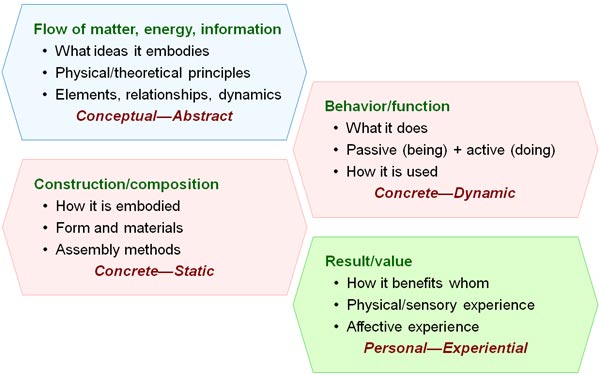We believe that people are creative by nature, but are rarely taught effective and broadly applicable strategies for targeted innovation. We therefore offer short workshops in general creativity, as well as providing creative input and/or facilitation for special sessions and ongoing programs.
Our preferred approach is to use existing client issues as a venue for developing enhanced innovation skills useful far into the future. Innovation is used here to mean practical embodiment of ideas that can and will be translated into valuable new products, services or business methods. Issues map onto opportunities through diverse processes and functions, from research and engineering through manufacturing, finance and supply-chain management to sales and marketing. Each position and stake-holder can offer a different and valuable understanding of products and services, behaviors and benefits.

Most of us are familiar with under-facilitated brainstorming—and with the challenge of filtering out useful signal from the considerable noise often generated with it. We offer a more comprehensive and structured approach that begins with a rigorous elicitation of criteria that both guide efficient concept generation and ensure that resulting ideas will be able to pass smoothly along the development pipeline. This task is not always easy or comfortable, but has consistently been assessed by client groups as one of the most valuable business activities they have encountered.
Having established these boundary conditions, we employ several
concept-generation methods—as well as drawing on the client's
historical knowledge—to produce a set of candidate solutions.
This diagram illustrates part of the process called morphological
analysis—a formal and generative way to use "the box." |